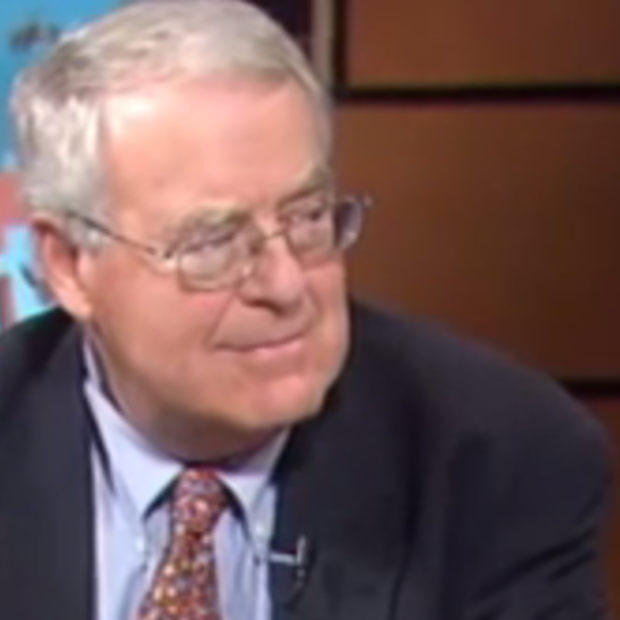Three years of information from Seattle's Department of Transportation (SDOT), including 2010 statistics just released Friday, carry the startling message that elderly pedestrians, 25 of them in the last three years, are being mowed down by cars on deadly Seattle streets in disproportionate numbers to any other group at risk. Yet it’s media coverage of recent bicycling fatalities in Seattle, not elder carnage, that no doubt has moved Mayor McGinn and four city councilmembers to convene a Road Safety Summit this evening (Oct. 24, 6 pm) at City Hall.
The numbers are stark, starting with the death toll. In the three years 2008–2010, there were 62 traffic fatalities in Seattle. More than half involved pedestrians (25 deaths) and cyclists (7 deaths). Just to put the scale of traffic victims against the scale of crime victims, that toll of 62 deaths on the roads compares to the three-year Seattle homicide total of about 70, so long as you, like the Seattle Police Department, don’t drag in another half-dozen “officer involved” shootings.
In traffic, who is being killed, as seen in three years of data? All seven cyclists killed were men save for one woman. They ranged in age from 35 to 60 with an average age of 47. The 25 pedestrians killed were divided 13 men and 12 women. They ranged in age from 19 to 92 with an average age of 64. Sixty percent of the dead pedestrians were senior citizens. Four (three women and a man) were in their 90s. Three (two men and a woman) were in their 80s. Six (four men and two women) were in their 70s. Two men wee in their 60s.
That elderly tally alone is more than double the number of fatalities of cyclists over the three-year period. In "Walk, Bide, Ride Seattle," who is taking up the cause of protecting the elders?
Of course, fatalities are only part of the problem. For just two years, 2009 and 2010, there were in addition serious injuries to 79 pedestrians and 32 cyclists, and hundreds of less serious injuries on top of those.
Is there a long-term trend from which one can draw encouragement? Yes, in one small respect: Auto collisions overall in the city have fallen pretty dramatically over the last decade (almost 30 percent lower in 2010 than 2000). Despite that, collision rates between motor vehicles and pedestrians and cyclists on a per capita basis have changed very little if at all over the same time period.
The share of these events involving pedestrians and cyclists in the overall tally is well over 10 percent of all collisions in traffic. For 2010 there were about 12,000 traffic collisions in the city. After discounting about 2,500 incidents when a vehicle hit a parked car, and another 850 when a vehicle struck a “fixed object,” and another 1,500 cases for which no incident type is found in the data, the city can account for about 7,000 instances when a vehicle hit another moving vehicle, a pedestrian or a cyclist. It was a pedestrian 529 times, and a cyclist 360 times.. Collisions with pedestrians were far more likely to have a fatal outcome than collisions with cyclists.
Cutting through the huge variety of circumstances in all these collision, the data reported by SPD points in one dramatic direction. Three-quarters of vehicle collisions with pedestrians and cyclists in 2009 and 2010 involved the actions of the driver as a contributing factor. In two-thirds of those cases (about half of the total) the problem was the most basic of driver derelictions: failure to yield the right of way to the pedestrian or cyclist. So, with a myriad of steps that can be taken to improve safety, the most fundamental lie with getting the drivers to mind the rules.
This creates a very troubling juxtaposition with what the statistics show concerning traffic enforcement. In 2010 the Seattle Police Department issued 27,348 traffic tickets for moving violations. This was down by 7 percent from 2009. In 2010 just 197 tickets were issued to drivers for failing to yield the right of way to pedestrians. That was down by over 50 percent from 2009. SPD did, however, issue 1570 citations to pedestrians in 2010. That was up from 1274 in 2009. That picture might suggest that the enforcement priority lies with picking the low-hanging fruit rather than focusing on the heart of the problem.
So it should be a spirited discussion at the Road Safety Summit. And some of the discussion may also reflect some basic facts about transportation in Walk, Bike, Ride Seattle.
Vehicle traffic volume on Seattle’s arterials (and excluding I-5, I-90 and SR 520) on an average day in 2010 was about 541,000, up more than 15,000 or 3 percent from 2009 and higher than in either 2008 and 2007, but still about 3 percent lower than in the high water year of boom-times 2006. Transit ridership was up slightly in 2010 over 2009. Pedestrian counts downtown were down very slightly in 2010. Bicycle commuters entering downtown on the annual count day were about 600 greater than the previous year for a total of about 3,251.
The most heavily travelled cycling route into downtown? Not Dexter Avenue, as you might have thought, but across Colman Dock where the Bremerton and Bainbridge ferries daily bring the largest single surge of bicycle commuters into Seattle from their homes in Kitsap County.
Meanwhile, the 2010 citywide bicycle tally seemed to be lower than the last count in 2008 by 15 percent. Bicycle and pedestrian counts, however, are subject to numerous method difficulties. Improvements in the counting are promised by SDOT for the 2011 report, so it’s still wait until next year for better and more useful data on the overall scale of walking and cycling in Seattle’s transportation mix.
In the meantime, there is data enough to suggest some highly important tasks for improving safety for those who use the city’s streets, sidewalks and crosswalks.



